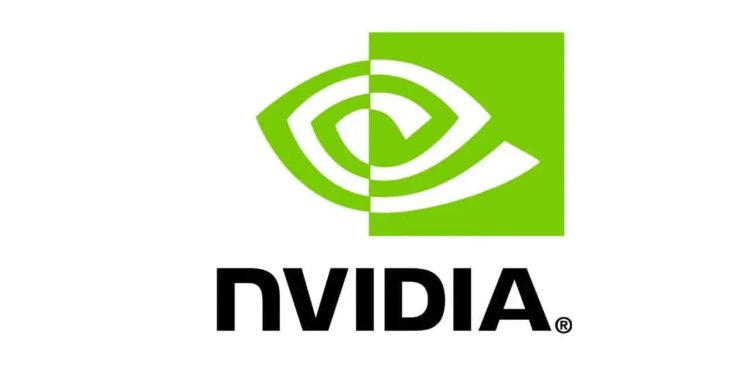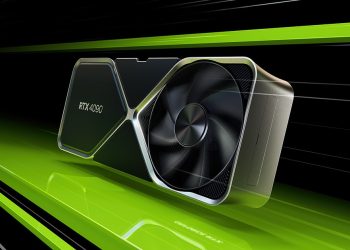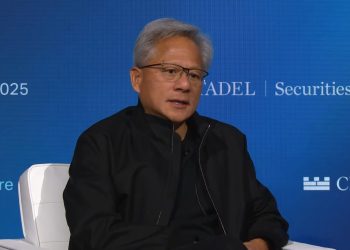Nvidia reported a staggering quarter and used the earnings call to draw a line between its past as a GPU maker for gamers and its present as a backbone for AI. The company posted USD 57 billion in revenue for the quarter and told investors that data center work now drives the business. Data center revenue topped USD 51 billion for the quarter, up sharply year over year. Gaming revenue was USD 4.3 billion, which is healthy growth for the segment but small next to the data center haul. The company said the shift reflects demand for its Blackwell and Rubin platforms across cloud providers, enterprises, and AI model developers.
On the earnings call, the company said it has “evolved over the past 25 years from a gaming GPU company to now an AI data center infrastructure company“. That language is blunt by Silicon Valley standards, and it signals where Nvidia expects its next chapter to come from. Data center sales now account for the majority of revenue, and the company claims visibility to a large multi-year pipeline for Blackwell and Rubin through the end of calendar 2026. Nvidia also reported that it continues to ship high volumes of those platforms to cloud and enterprise customers.
Shares climbed after the results and management commentary, which eased conversations about an AI froth moment and instead pointed to steady enterprise spending on AI infrastructure. For context and more on the raw numbers see our coverage of Nvidia’s record quarter where the revenue breakdown and analyst responses are laid out in more detail. There is an apparent effect on PC gamers and the GPU market. With the company increasingly focused on data center silicon, supply and pricing dynamics for consumer cards can feel secondary. Nvidia still sells a lot of GPUs for gaming, and performance-per-watt improvements matter to players, but the company now answers more to cloud budgets than to enthusiasts swapping cards.
Expect Nvidia to emphasize partnerships with cloud providers, custom systems for enterprises, and platform features that help training and inference workloads. That will keep demand for enterprise grade cards strong while leaving gamers to the consumer lineups that retail and OEM channels move around. Embedded reactions came from the company newsroom and the official tweet accompanying the results.
NVIDIA CEO Jensen Huang on record Q3 FY26 results. pic.twitter.com/aq5ACwLTXQ
— NVIDIA Newsroom (@nvidianewsroom) November 19, 2025
Readers can discuss the shift in the comments and follow the site on social media for updates at X, Bluesky, and YouTube.
























